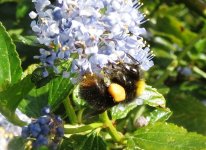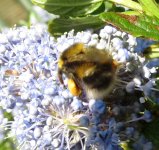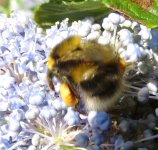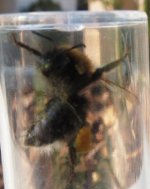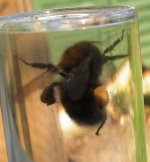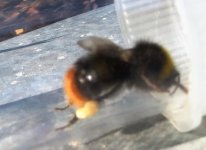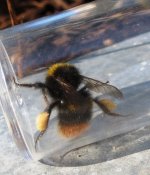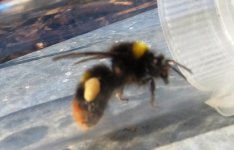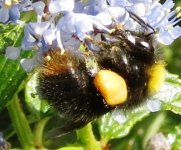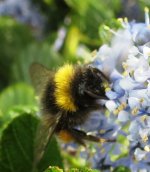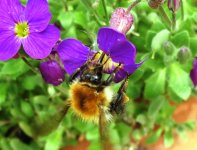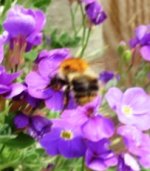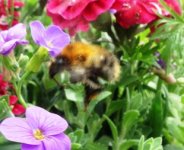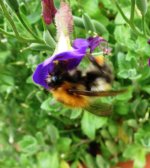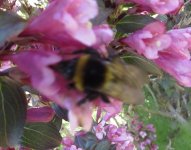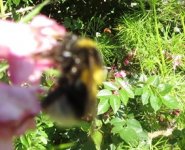Surreybirder
Ken Noble
Hi, I have been trying to ID some bees on a Ceanothus in our garden. Unfortunately they are never still for a moment so I've not managed any very helpful photos. But I wonder if there's any clue as to what they are. They're not very big - perhaps just over a cm.
Thanks,
Ken
(I'm in Surrey and they were taken today, 5th May.)
Thanks,
Ken
(I'm in Surrey and they were taken today, 5th May.)




